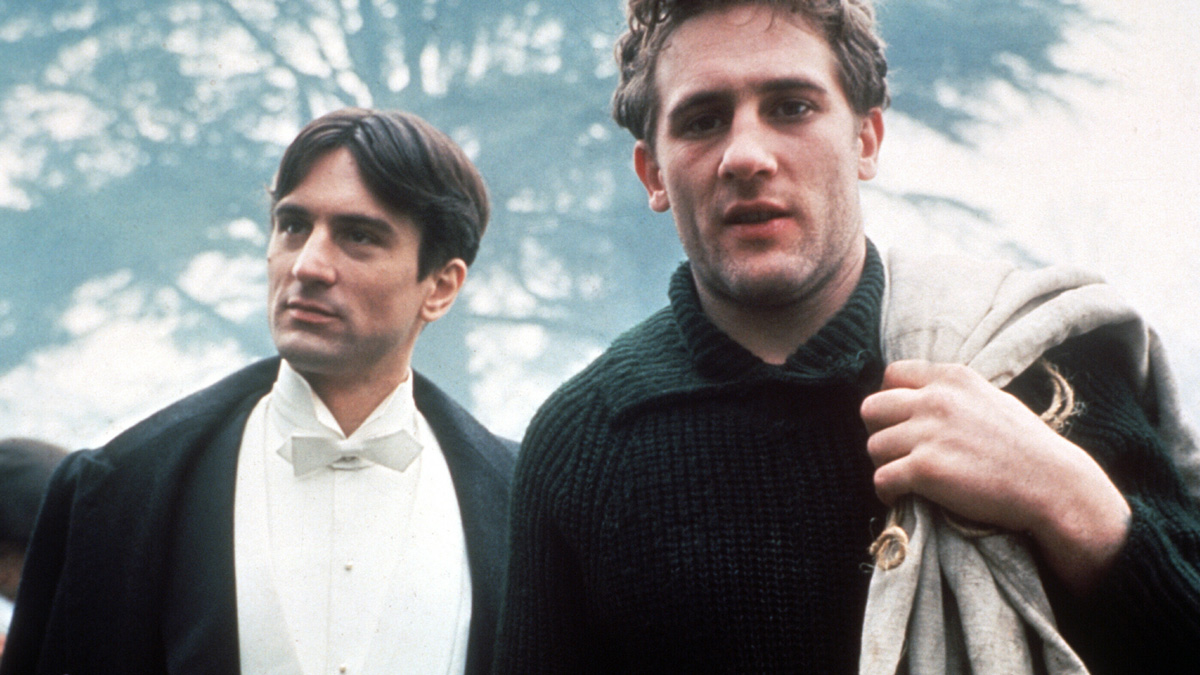
(c) Photofest / Getty Images
``1900'' A magnificent modern history of Italy that transcends the boundaries between documentary and fiction.
2022.03.07
Feud with Alberto Grimaldi
Alberto Grimaldi was born in Naples in 1925. He studied law at university and began his career as a lawyer. In 1962, he founded his own production company, PEA, and gained fame by producing Sergio Leone's films, such as " For a Few Dollars More " (1965) and " The Good, the Bad and the Ugly " (1966).
Grimaldi joins the ranks of Bertolucci's producers with `` Last Tango in Paris .'' For Bertolucci, who invited his cousin Giovanni to Rome to work on productions such as Opera Assassination (1970) and The Conformist , he was the first partner in whom he could fully trust. .
Grimaldi suddenly shows off his shrewdness. Using the connections he had built up, he promoted Bertolucci's presence in the American market and elevated him to the status of a ``world-recognized filmmaker.'' It can be said that it is a credit to Grimaldi that he was able to raise the production costs for ``1900'' from three American majors. If you think about it, it's unusual for three major film companies to co-invest, and it's also unusual for an American company to cooperate with a film that reeks of communist propaganda. Thanks to Grimaldi's efforts, Bertolucci was highly regarded in the American market.

"1900" (c)Photofest / Getty Images
However, his honeymoon with his ideal producer ends in an unexpected way. The problem was the showtime. No matter what you do, it will take a long time to visualize half a century of modern Italian history. The film they shot was much larger than expected, reaching a length of 6 hours and 15 minutes during the initial editing stages. Bertolucci proposed releasing the film as a two-part film with a total running time of over five hours, but Grimaldi refused. Paramount was contractually obligated to deliver films under 3 hours and 15 minutes for release in the United States and Canada. Grimaldi locked Bertolucci out of the editing room and edited a shortened version of the film, which lasted three hours and seven minutes. The gap between the two becomes decisive.
Currently, ``1900'' has the original ``5 hours and 16 minutes version,'' the ``3 hours 7 minutes version'' that Grimaldi chopped up without permission, and the ``4 hours 7 minutes version'' that Bertolucci made with a painful compromise. There are three versions: I thought this was a story I had heard somewhere before, but a similar thing happened in Sergio Leone's Once Upon a Time in America (1984).
Leone originally planned to release the film as a two-part film with a total running time of 6 hours, but the producer refused, and he edited the 3 hour and 49 minute version out of desperation. However, it was decided that the film was still too long, and an edited version of the film, lasting 2 hours and 24 minutes, was shown at the Cannes Film Festival. There are three versions of Once Upon a Time in America: a 4 hour and 11 minute version, a 3 hour and 49 minute version, and a 2 hour and 24 minute version.
Moreover, the person who originally served as the producer of this movie was Alberto Grimaldi himself (he dropped out midway through). History repeats itself.
The painting used for the title background, “The Fourth Estate”

